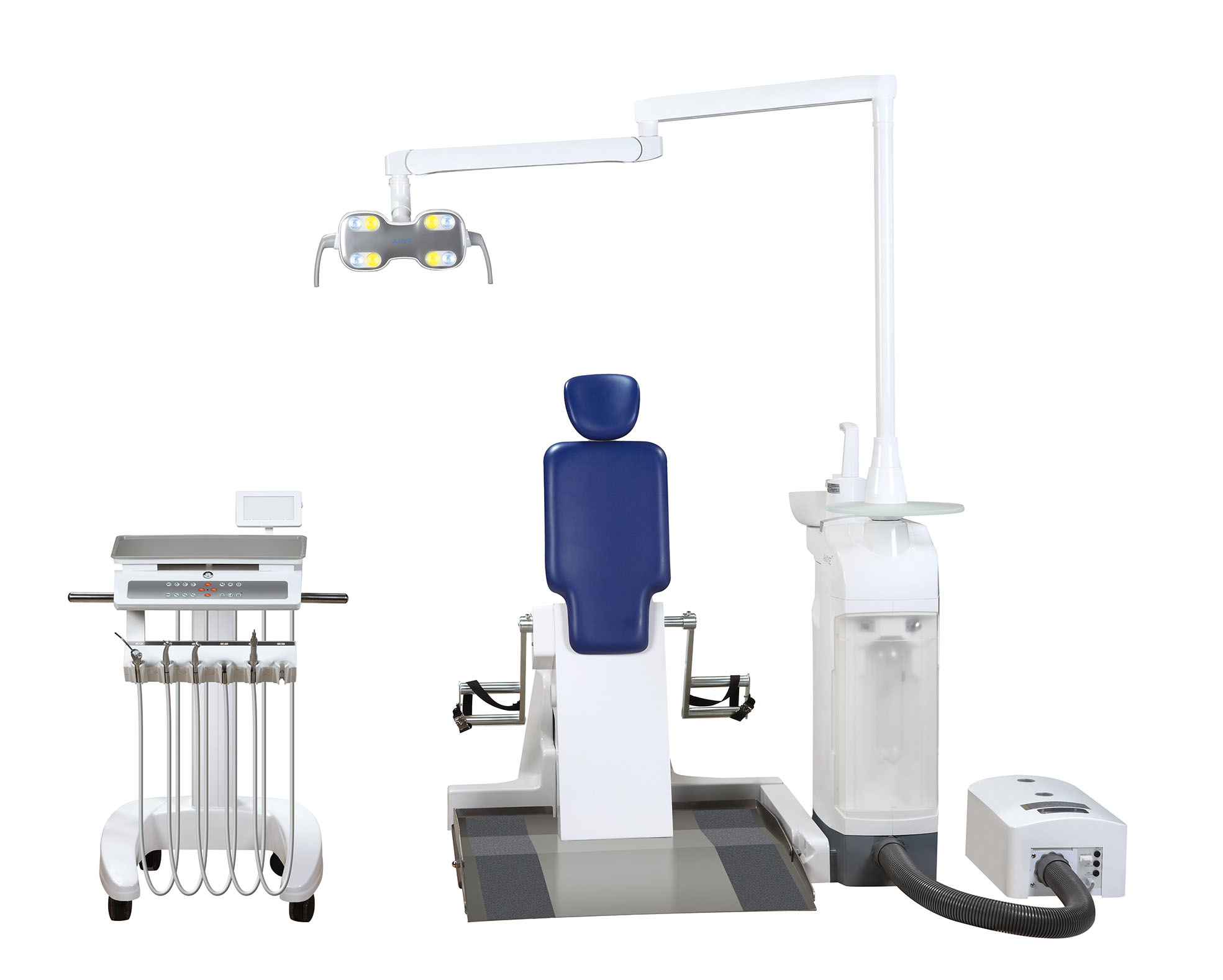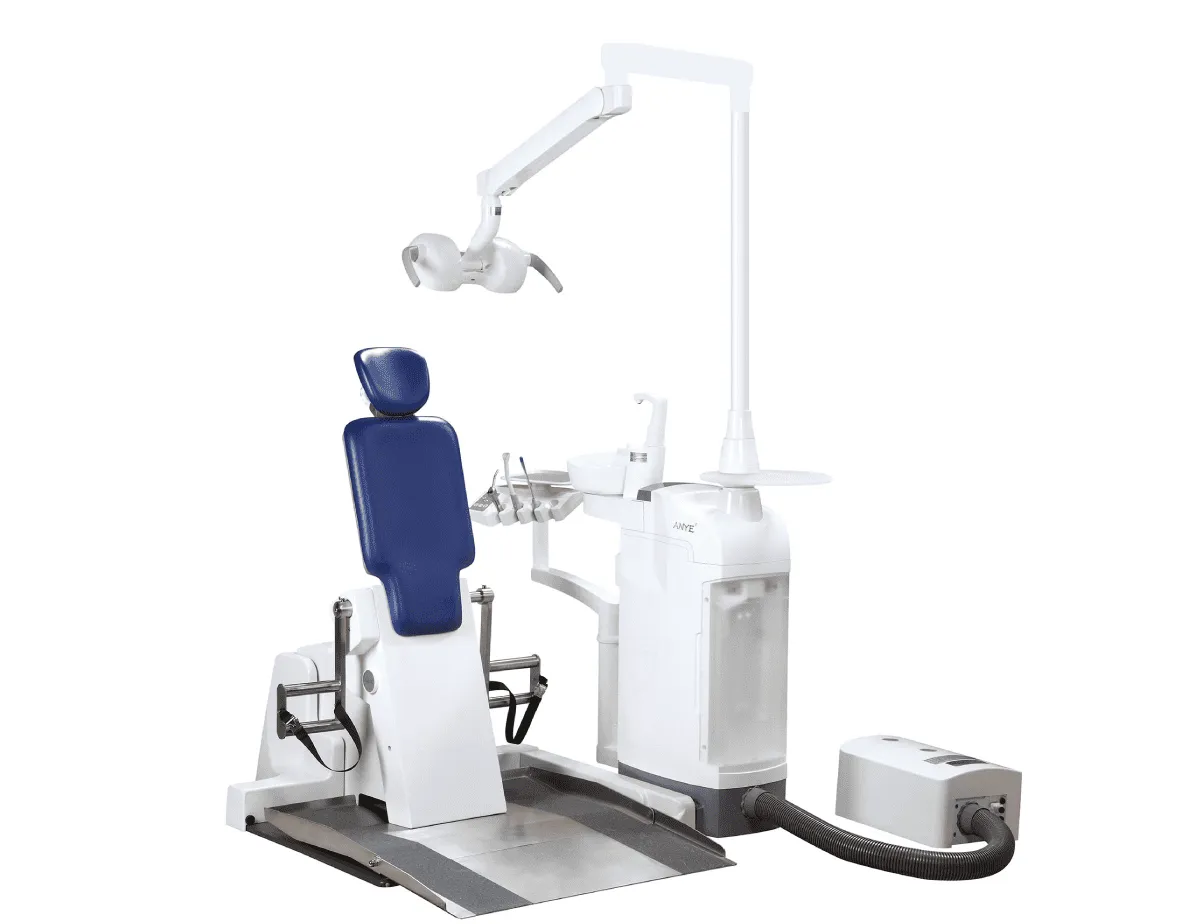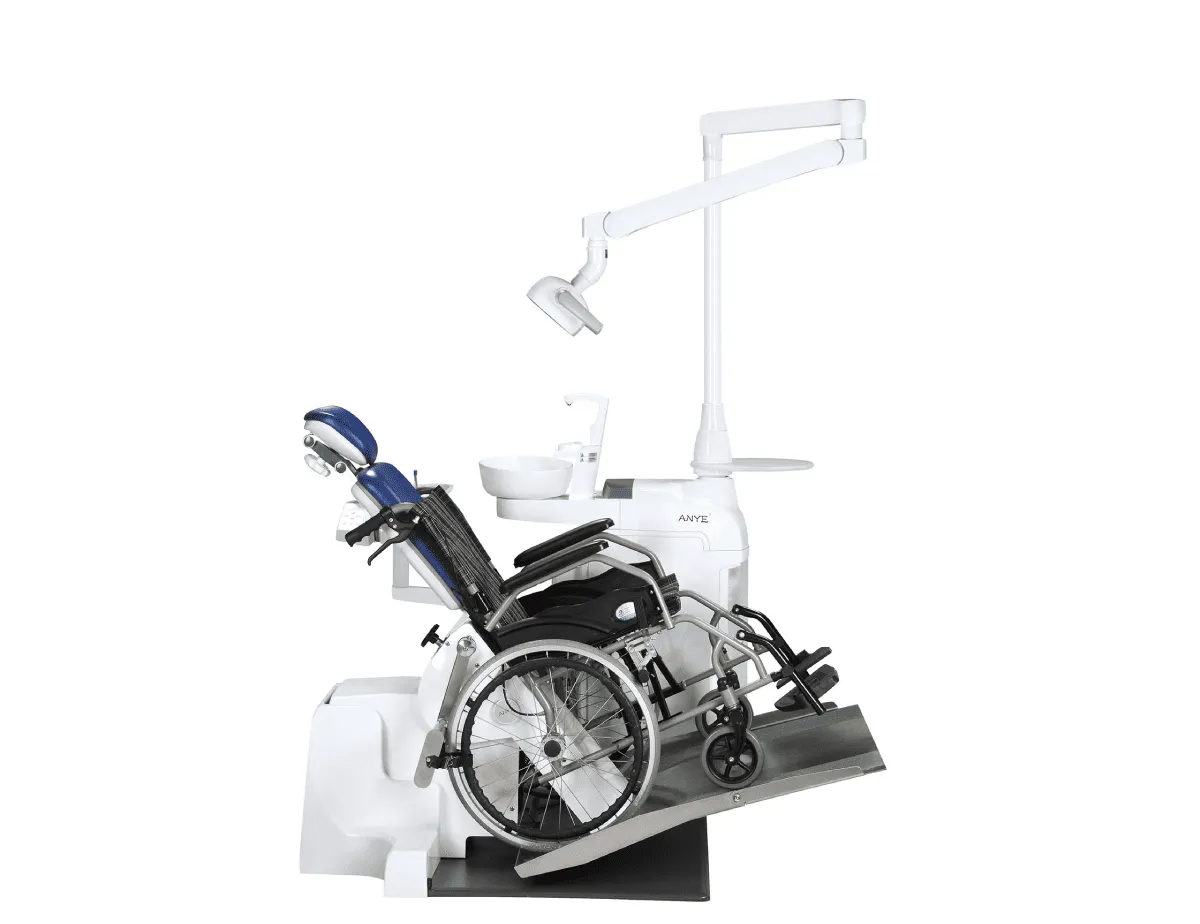Rehabilitation Dental Chairs: Key Considerations for Selection
The selection of a dental chair is a critical decision for any dental practice, impacting both patient comfort and the efficiency of dental procedures. This decision becomes even more crucial when considering rehabilitation dental chairs, specialized units designed to accommodate patients with disabilities, mobility issues, or other complex needs. These chairs are not merely about providing a place to sit; they are about enabling access to dental care for a segment of the population that often faces significant barriers. Choosing the right rehabilitation dental chair requires careful consideration of several key factors, ensuring that the selected unit meets the unique needs of both patients and practitioners.
Understanding the Need for Rehabilitation Dental Chairs
Before delving into the selection criteria, it's essential to understand why rehabilitation dental chairs are necessary. Many individuals experience challenges when accessing traditional dental chairs. These challenges may stem from:
Mobility Impairments: Patients using wheelchairs or those with limited mobility may find it difficult or impossible to transfer to a standard dental chair.
Neurological Conditions: Conditions like cerebral palsy, multiple sclerosis, or Parkinson's disease can affect a patient's ability to control their movements and maintain a stable position.
Sensory Sensitivities: Individuals with autism spectrum disorder (ASD) or other sensory processing disorders may experience heightened anxiety and discomfort in a typical dental environment.
Geriatric Considerations: Elderly patients may have a combination of mobility issues, chronic conditions, and cognitive impairments that necessitate specialized equipment.
Rehabilitation dental chairs address these challenges through design modifications and features that prioritize accessibility, comfort, and safety. By investing in such equipment, dental practices can expand their services to a broader patient base and fulfill their ethical obligation to provide inclusive care.
Key Considerations for Selecting a Rehabilitation Dental Chair
When selecting a rehabilitation dental chair, several factors must be carefully evaluated:
Accessibility and Wheelchair Integration
Wheelchair Lift Platform: A crucial feature for many rehabilitation chairs is an integrated wheelchair lift platform. This platform allows patients to remain in their wheelchairs while being raised to a suitable height for dental treatment, eliminating the need for potentially difficult and unsafe transfers.
Wheelchair Fixture: Once the patient is on the platform, a secure wheelchair fixture is essential to stabilize the wheelchair and prevent movement during the procedure.
Transfer Options: For patients who can transfer, but with difficulty, the chair should offer features like swivel functionality and adjustable armrests to facilitate easier transfers.
Patient Comfort and Support
Adjustability: Extensive adjustability is paramount. The chair should offer adjustments for height, backrest angle, headrest position, and armrest placement to accommodate patients of different sizes and needs. Powered adjustments are preferable for smooth and effortless repositioning.
Headrest Design: The headrest should be thin yet supportive, allowing the dentist close access to the patient's oral cavity. A double-articulating headrest provides flexibility for optimal positioning.
Cushioning and Upholstery: High-density foam padding and smooth, durable upholstery are essential for patient comfort, especially during longer procedures. Seamless upholstery simplifies cleaning and disinfection.
Armrests: Adjustable and foldable armrests provide support and allow easy entry and exit.
Safety Features
Emergency Stop Button: An easily accessible emergency stop button is a critical safety feature.
Safety Belts and Harnesses: These restraints ensure that patients remain securely positioned during treatment, minimizing the risk of falls or injuries.
Infrared Sensor Stop Safety System: Some chairs incorporate infrared sensors that automatically stop the chair's movement if an obstruction is detected.
Stable Base: A wide and stable base prevents the chair from tipping or rocking during procedures.
Ergonomics for the Dental Team
Thin and Narrow Backrest: A slim backrest design allows the dentist and assistant to get closer to the patient, reducing strain and promoting an ergonomic working posture.
Traverse Feature: This feature allows the reclined patient to be moved laterally (forward and backward), enabling the dental team to maintain optimal working positions.
Foot Controls: Foot controls provide hands-free operation of chair movements and other functions, enhancing the dentist's control and efficiency.
Infection Control
Seamless Upholstery: As mentioned earlier, seamless upholstery simplifies cleaning and prevents the accumulation of bacteria and debris.
Easy-to-Clean Materials: The chair should be constructed from materials that are resistant to stains, tears, and microbial growth.
Integrated Disinfection Systems: Some chairs offer integrated systems for disinfecting water lines and other components.
Durability and Reliability
High-Quality Construction: Look for chairs constructed from robust materials like stainless steel and medical-grade components.
Warranty and Service Support: A comprehensive warranty and readily available service support are essential for long-term reliability.
Technology Integration
Programmable Positions: The ability to pre-program chair positions for specific procedures saves time and enhances efficiency.
Integrated Lighting: Built-in LED lighting provides optimal illumination during dental procedures.
Touchscreen Controls: Intuitive touchscreen controls simplify chair adjustments and access to other functions.
Integration with other dental equipment: Modern dental chairs often come equipped with built-in instrument trays and suction devices, which streamline workflows and minimize the need to reach for tools during procedures.
Rehabilitation Specific Features
Rehabilitation Unit Attachments: The unit may have features for physical therapy and rehabilitation, such as armrests, footrests, and adjustable headrests. It could also have attachments such as resistance bands, weights, and pulleys.
Space Considerations
Compact Design: Modern chairs are designed to fit into smaller spaces without losing performance. Some models feature fold-away armrests to accommodate smaller treatment rooms.
Featured Product: ANYE Rehabilitation Dental Unit AY-215E1
For dental professionals seeking a cutting-edge solution in rehabilitation dentistry, ANYE's Rehabilitation Dental Unit AY-215E1 stands out. As the first rehabilitation dental chair designed and manufactured in China, the AY-215E1 reflects our commitment to addressing the unique dental needs of special populations. This innovative unit integrates convenience, comfort, safety, and ease of use to comprehensively solve the treatment needs of special populations, representing a significant breakthrough in dental chair design.
Conclusion
Selecting the right rehabilitation dental chair is a multifaceted process that requires careful consideration of patient needs, practitioner ergonomics, safety requirements, and financial constraints. Investing in a high-quality rehabilitation dental chair is not just about acquiring a piece of equipment; it's about investing in the well-being of patients and the future of the practice.




Leave a comment